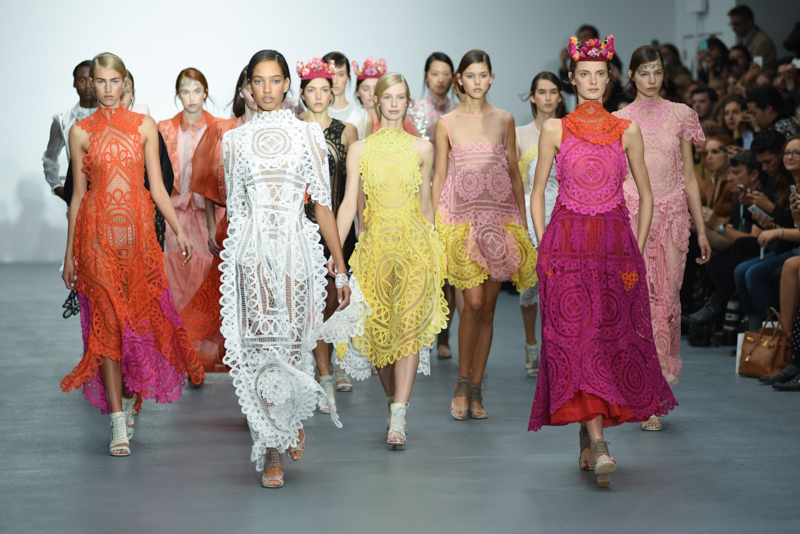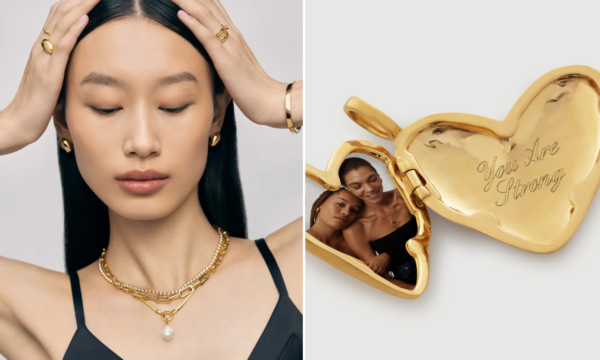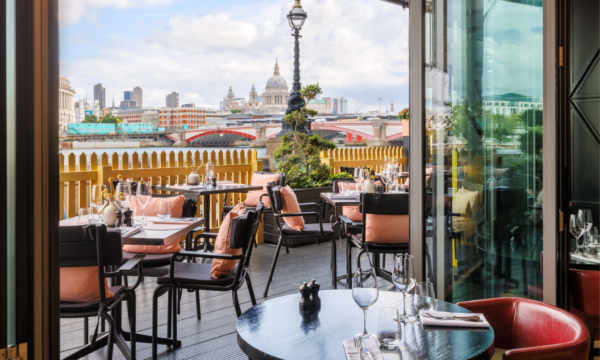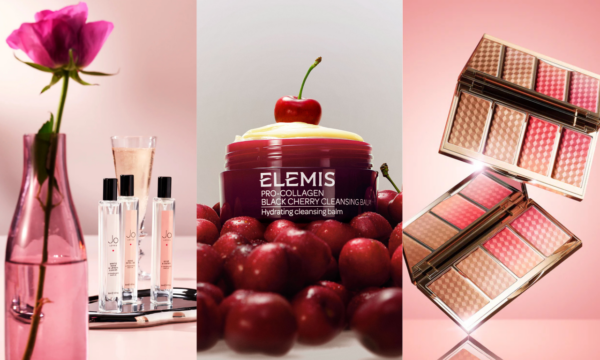See now, buy now movement: what do you think?

They say good things come to those who wait. However, some believe that the contrary is true. Prominent brands have decided to challenge the fashion calendar by announcing their new “see now, buy now” business model.
The intention is to create a much closer customer-to-product dialog by sending runway pieces straight into retail. But opinions amongst industry insiders are divided on this game-changing movement. While some embrace the newly introduced concept, others believe that it will compromise the novelty of luxury fashion goods.
The digital age has defiantly broken down the barrier of the once exclusive world of fashion week by making it more accessible to “regular folks”. In the past, people would have to wait six months until they were able to see images of catwalk pieces in glossy magazines. Now, social media platforms allow fashion VIPs to post images and videos live on site. So it is no wonder that the “see now, buy now” concept is ideal for market-driven brands that thrive on commercial awareness.
Tom Ford, Hunter Boots and Mathew Williamson have taken a bold decision by boycotting the runway and focusing on a more direct product-to-consumer approach.
“In a world that has become increasingly immediate, the current way of showing a collection four months before it is available to customers is an antiquated idea and one that no longer makes sense,” according to designer Tom Ford in a recent press release.
Meanwhile, Hunter Boots will target festival goers and engage with them directly on muddy stomping grounds. Mathew Williamson recently closed down all of his flagship stores and is now purely focusing on online consumers. His current Amazonia collection is exclusively available on the label’s official website and on Net-a-Porter.
The term “luxury” is defined as exclusivity, quality and desirability. However, the novelty of a product’s luxury could wear off in light of the immediate buy-and-wear concept status. There is a risk of becoming less exciting and more ordinary.
French and Italian fashion houses are reputable for their elite standards of craftsmanship that make their creations truly exceptional. It is indisputable that quality and excellence takes time, especially on a mass production scale. Therefore, it comes as no surprise that the French Federation of Fashion and of Ready-to-Wear Couturiers and Fashion Designers has rejected the fast-paced business model. “Our clientele is educated and informed on how the system works,” president of the Federation Ralph Toledano told WWD. He believes that the wait makes it more desirable for consumers to purchase their goods.
Living legend Karl Lagerfeld also had this to say about the movement: “It’s a mess. The reality is that you have to give people the time to make their choice, to order the clothes or handbags, and to produce them beautifully so that editors can photograph them. If not, that’s the end of everything.”
Despite contrary opinions, there is no doubt that a monumental change is happening between product and consumer. The fact that designer goods are becoming more accessible, thanks to digital platforms, has proven to be an exciting business venture for multinational brands
Meanwhile, those who oppose shifting the focus too much on consumers believe that investing time in the creative and production process will not negate the novelty of these luxury items. Indeed, realigning the traditional business model is a bold move defining the future of fashion. But despite agreeing to disagree, the high-end market sector as a whole needs to find a balance between commerciality and exclusivity without loosing its credibility.
Geneve Anderson
Photo: Krisztian Pinter



















Facebook
Twitter
Instagram
YouTube
RSS